Part 1: It Will Define Oil Thru 2018
Two game changing coin flips in Nov 2016 have the potential to shape markets thru 2018. First up is the Nov 8 coin flip of Clinton or Trump. And then the Nov 30 coin flip of OPEC quota deal or no deal decision. Things could change, but right now both are coin flips. For Nov 8, there has been a huge ramp up in the respective sides promoting the reasons why the other side is wrong and they are right. And the momentum for Clinton or Trump changes depending on the headlines. Chatter is headlines, and unfortunately push the fundamentals (policies) to the background.
For OPEC Nov 30, the respective deal or no deal sides started their arguments immediately post the original Algiers Sept 28 OPEC announcement for a target OPEC oil production of 32.5 million b/d. We are now 4 weeks away from Nov 30, so expect these arguments to intensity, just as is being seen in the run up to the Nov 8 elections. And as these arguments (some supported by data, some just by chatter) come forward, oil prices will move one way or another.
The past month illustrates this. Post the Algiers Sept 28 announcement, the data said it was achievable (OPEC might only have to cut 700,000 b/d) and the chatter was most expected OPEC being able to finalize the deal. As a result, WTI was $44.65 going into the Algiers meetings, strengthened post the Algiers announcement and hit a peak of $51.59 on Oct 17. However, the past two weeks has seen negative data making it look harder for OPEC to get to 32.5 million b/d (OPEC oil production was higher in Sept vs Aug, Nigeria/Libya ramping up faster in Q4) and the chatter has moved more to a no deal expectation. As a result, WTI has just drifted down to ~$45.
OPEC is now faced with a “put up or shut up” decision at its Nov 30 meeting, and what they decide will define oil markets thru 2018.
OPEC agreeing to a quota allocation to get to 32.5 million b/d should see an immediate near term boost to oil prices back over $50 and moving to $60 in 2017 with the visibility for a rebalancing in global oil supply/demand. There will be some holdback on the price increase in 2017 as there will be a return to the risk of the old days of OPEC cheating. But the fact that OPEC will agree to a quota allocation is a game changer for the mid-term. It says that enough high cost non-OPEC oil supply has been permanently hit that OPEC can work again as a cartel, with limited cutbacks to their own production levels, and defend a price floor of around $50. It may not set up $70 oil, but it will be viewed as reducing risk, which is the biggest hold back to investors in oil. A view of reducing risk has the potential to reshape oil markets and investor views thru 2018.
However, a no quota allocation deal on Nov 30 could have an even bigger price impact and volatility thru 2018. It brings risk back to 2015 and 2016 levels. It sets up a replay of the last two years of oil oversupply, and the likelihood of oil going down to a $40 (or possibly lower) trading range once again. It will cause another massive dislocation in non-OPEC capital allocation and production and setting up 2017 as another low global E&P capex spending year to add to 2015 and 2016. It could also delay the planned early 2018 Saudi Aramco IPO. But with industry capex being cut and less low hanging fruit in Iran/Iraq to be brought on stream, it will also more likely lead to a bigger spike in oil prices in 2018 or 2019.
Oil will be a huge topic for all investors in the run up to Nov 30. Our concern is that, like elections, chatter is headlines, headlines move markets, but also push fundamentals to the background. This is why we are writing a series of “Countdown to OPEC’s Nov 30 Meeting” blogs. We won’t ignore chatter, but focus on providing data and perspective on key oil items that are impacting the chatter and impact the oil fundamentals for 2017 and beyond.
Part 2 will focus on the increasing challenge for OPEC to get to 32.5 million b/d
